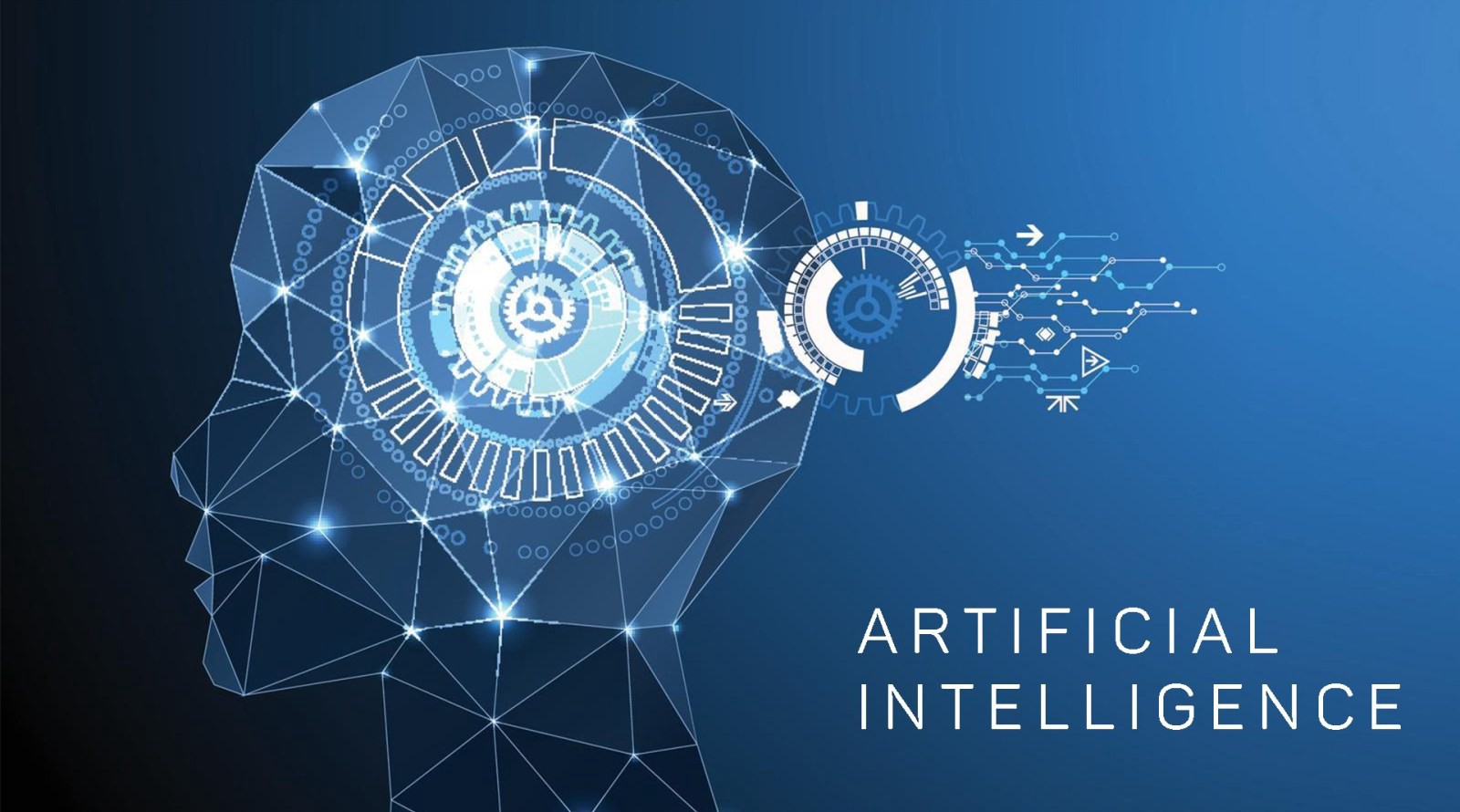What is Artificial Intelligence?
Artificial Intelligence (AI) refers to the development of computer systems that are designed to perform tasks that would typically require human intelligence. These systems are designed to mimic human cognition, including the ability to learn, reason, problem-solve, and adapt to new situations.
AI systems are built using a combination of algorithms, machine learning models, and other techniques that allow them to process and analyze large amounts of data, identify patterns, and make predictions or decisions based on that data. This makes AI particularly useful for tasks such as data analysis, natural language processing, computer vision, and robotics, among other things.
There are different types of AI systems, including rule-based systems that rely on explicit instructions or rules to make decisions, and machine learning systems that use statistical models to learn from data and improve their performance over time.
AI is an increasingly important field of study, with numerous applications in various industries, including healthcare, finance, transportation, and manufacturing, among others. It is expected to continue to grow and evolve in the coming years, as researchers and developers explore new techniques and technologies for creating more intelligent and capable systems.
What is ChatGPT?
ChatGPT, a large language model created by OpenAI. ChatGPT designed to generate human-like responses to natural language queries or prompts. ChatGPT was trained on a vast corpus of text from the internet, which allows ChatGPT to understand and generate text in a wide range of topics, from science and technology to sports and entertainment.
As an AI language model, ChatGPT can perform a variety of tasks, such as answering questions, providing information, generating text, and even engaging in conversation. ChatGPT responses are generated using a combination of statistical patterns and machine learning algorithms, which allow me to generate text that is natural-sounding and contextually appropriate.
ChatGPT available to anyone with an internet connection, and ChatGPT used by individuals, businesses, and organizations for a variety of purposes, from customer service and support to language translation and content creation. ChatGPT continually learning and improving, which means that ChatGPT responses will become more accurate and relevant over time as ChatGPT gain more experience and exposure to new data.
What is Bard?
Bard is an AI-powered writing assistant designed to help users generate high-quality content quickly and efficiently. It uses natural language processing (NLP) and machine learning algorithms to analyze the user’s writing and provide suggestions for improvement, such as grammar and spelling corrections, sentence structure suggestions, and tone analysis.
Bard is designed to work with a wide range of use cases, from academic writing to marketing and advertising copy, and it can be used by individuals, businesses, and organizations. It also includes a plagiarism checker that can detect any instances of text that may have been copied from other sources, helping users to ensure the originality and authenticity of their writing.
Bard is created by OpenAI, the same organization that created other language models such as GPT-3 and ChatGPT. It uses a deep learning algorithm to analyze and generate text, and it has been trained on a vast corpus of text from the internet, which allows it to generate contextually appropriate responses and suggestions.
Overall, Bard aims to help users save time and effort by streamlining the writing process and providing valuable feedback and suggestions. It is part of a growing trend of AI-powered writing assistants that are transforming the way we create and consume content.
Companies Which Use Bard and ChatGPT
ChatGPT and Bard are both products developed by OpenAI, a research organization that specializes in artificial intelligence. OpenAI works with a variety of companies and organizations that use its products and services, including ChatGPT and Bard. Some of the companies that have used or are currently using OpenAI’s products and services include:
- Microsoft, which has licensed GPT-3 for use in its products and services.
- GPT-3 has also been used by a range of startups, including Viable and Replica.
- The New York Times has used OpenAI’s GPT-2 to generate article summaries and headlines.
- IBM has used OpenAI’s GPT-2 for various natural language processing projects.
- The Guardian has used OpenAI’s GPT-3 for article writing and headline generation.
- The Washington Post has used OpenAI’s GPT-3 to write news stories and explore new approaches to journalism.
In terms of Bard, it is a relatively new product and its use by specific companies may not be as well-known as GPT-3. However, it is likely that Bard will be adopted by a range of companies and organizations that are looking to improve the quality and efficiency of their writing processes.
